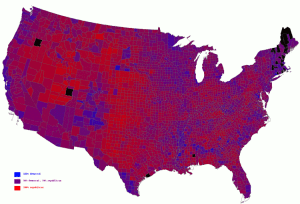Wow… a new issue of Rising Stars! To be honest, it was a bit of a let-down. Usually JMS is better at showing, rather than telling. He’s infamous for laboriously laying groundwork in the B-plots and character moments of what seem like “ordinary” stand-alone stories, then kicking the arc into high gear and making use of it all. He did it with Babylon 5 and Crusade, with the first arc of Rising Stars, seems to be taking the same approach in Supreme Power, and from what I’ve heard (though I’ve seen very little of it) he did the same with Jeremiah as well. If you’ve seen B5 once the story got going, go back and look at some of the first season episodes, and you’ll be surprised how early some elements are established.
This issue, however, though it had some nice moments, was basically a plot summary. “Poet tells the story of…” It seemed an odd narrative choice, particularly for an issue so near the end of the story (#22 of 24) and for the first issue to hit the shelves in nearly two years. Maybe it’ll read better in context.
Anyway, that’s not what I really wanted to talk about. What’s interesting is that in this issue, one of the Specials runs for President. It reminded me of something about the way comic books tell campaign stories. When a fictional character is in the race (or the office), he (it usually is a he) is almost always running under one of three circumstances:
- As an independent.
- On a fictional third-party ticket.
- On an unidentified party’s ticket.
As we all know, third party candidates are rarely high-profile, and they rarely get significant numbers of votes, and I don’t think one has ever won the office*. Yet in comics, it happens all the time. Of course, heat vision, teleporters, and people who wear purple tights to fight crime are also commonplace. Continue reading
